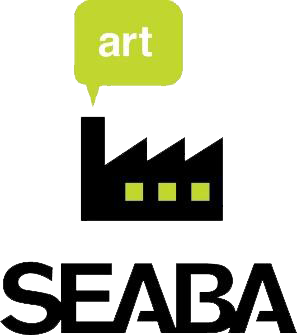The Formation of SEABA : A Case Study by Bruce Seifer & Alison Flint
In 1981, the Progressive Coalition’s Bernie Sanders defeated Democratic establishment candidate and incumbent mayor Gordon Paquette by 10 votes, rocking the city’s political foundations. One of Sanders’ primary goals was to reinvigorate city government by creating more capacity to enact his progressive economic agenda. This agenda combined supporting business with providing social assistance for underserved community members. Facing opposition, particularly in his first term from the City Council and other municipal employees, Sanders created the Community and Economic Development Office (CEDO) in 1983.
CEDO looked for innovative strategies and creative funding mechanisms to achieve its mission, and the organization soon saw opportunity in the Pine Street area. One of CEDO’s first economic development strategies from its Jobs and People publication, which provided a framework for CEDO’s economic goals, was to promote a diverse base of locally and employee-owned companies within Burlington. (1, p. v) Given the incubator space and small businesses already beginning to grow in the area, Pine Street appeared poised for a revitalization attempt that could become a centerpiece of Burlington’s vision for its future economy.
CEDO used two primary strategies with regard to the Pine Street area. First, CEDO worked with other public and private groups to continue the work Unsworth had begun in the 1970s of redeveloping Pine Street buildings. These specific efforts will be discussed in the next section. Secondly, working with state legislator Bill Mares, CEDO helped to conceptualize a business association for Pine Street companies. After suggesting a Pine Street/South End fair for businesses, CEDO realized that the businesses would need to become more organized for such an event to take place. Looking into how such an organization might operate, CEDO sent a survey to Pine Street companies and began to meet with interested parties. CEDO had coordinated workshops and classes, including one specifically for Pine Street incubator properties, which organizers felt could be incorporated into the new association (2). A similar group with 60-70 businesses had also recently been developed in central Vermont, which could serve as a potential model for the group.
[Though we now] refer to the business association by its current acronym, SEABA, which stands for the South End Arts and Business Association. However, the organization was initially called the Greater Pine Street Business Association (GPSBA), which later became the Pine Street Arts and Business Association (PSABA) in 1990. The organization adopted its present name, South End Arts and Business Association in 1999.
The explicit purpose and goal of SEABA was to save money and assist businesses. Initial proposals focused on cost-saving tools, such as discounts on health insurance or joint marketing as well as some emphasis on the development of Pine Street infrastructure, such as better signage and road repaving. Bruce Seifer of CEDO specified at the first meeting that “the City is interested in assisting to get this organization off the ground, but they would not be there in the long-term to direct this organization. Instead, they would like to help it be developed and then slowly wean itself away from this organization.” (1) This allowed businesses who might not always support the city’s actions to join, and gave companies a feeling of ownership. This was particularly important given a certain level of political tension between business owners and the city following Bernie Sanders’ election as mayor.
SEABA has played an important role in the CEDO’s economic development strategy over the years, and projects it has undertaken are representative of many of the city’s priorities in this field. While SEABA has become increasingly independent of direct city support, as was described in its initial vision, its actions are still valuable in illustrating CEDO’s overall goals for the Burlington economy.
(1) Jobs and People, 1984
(2) SEABA Minutes: May 1st, 1986
